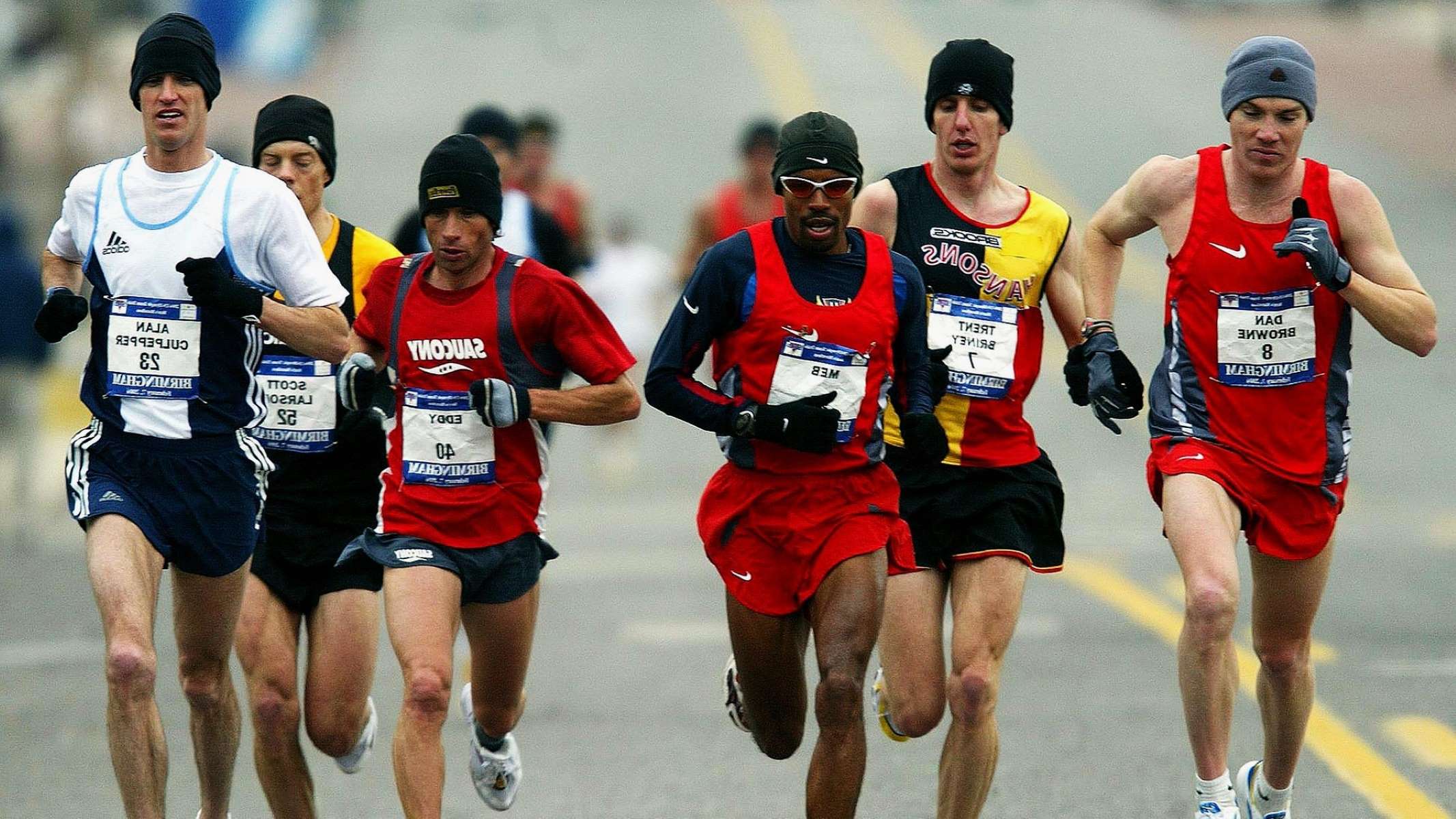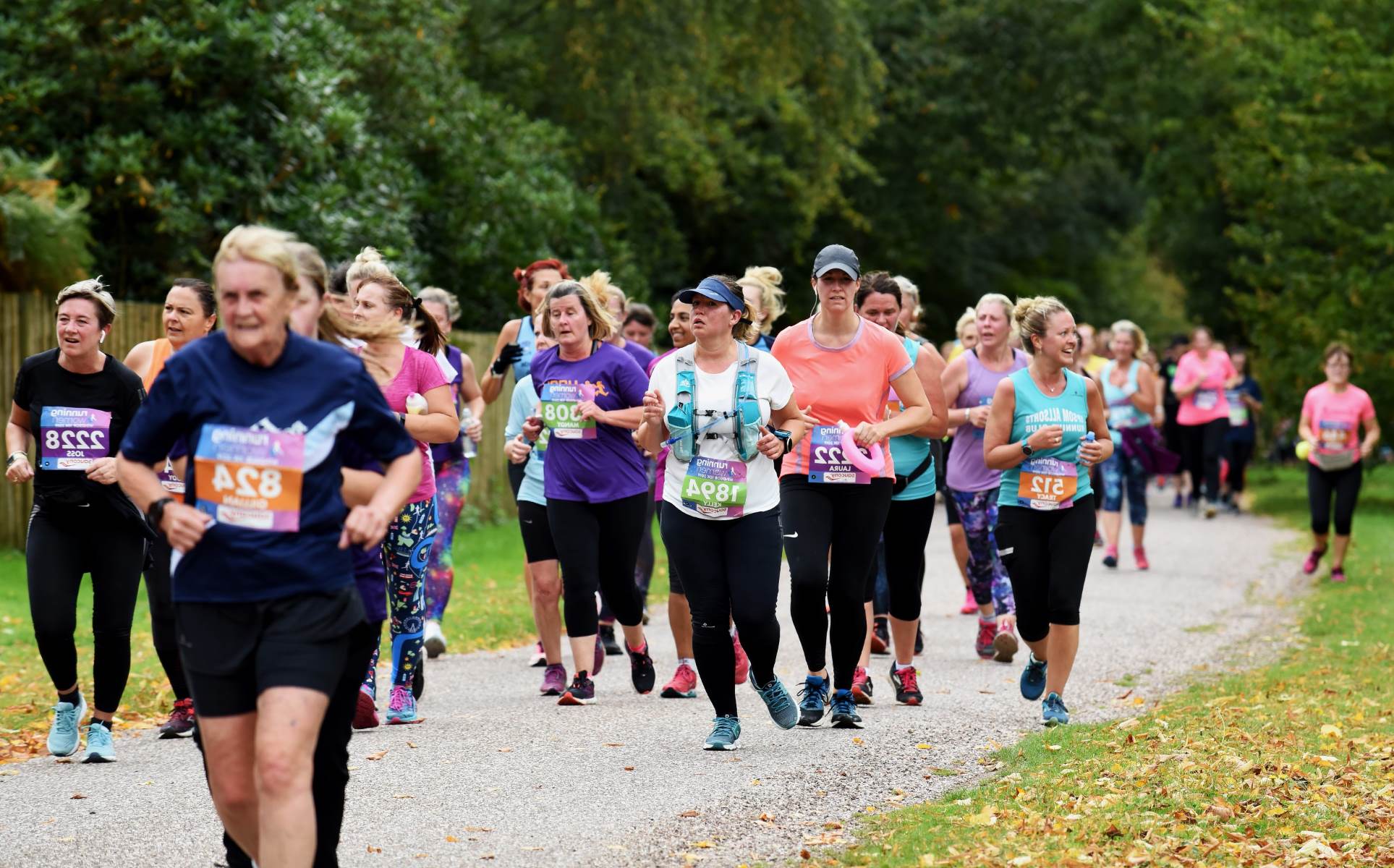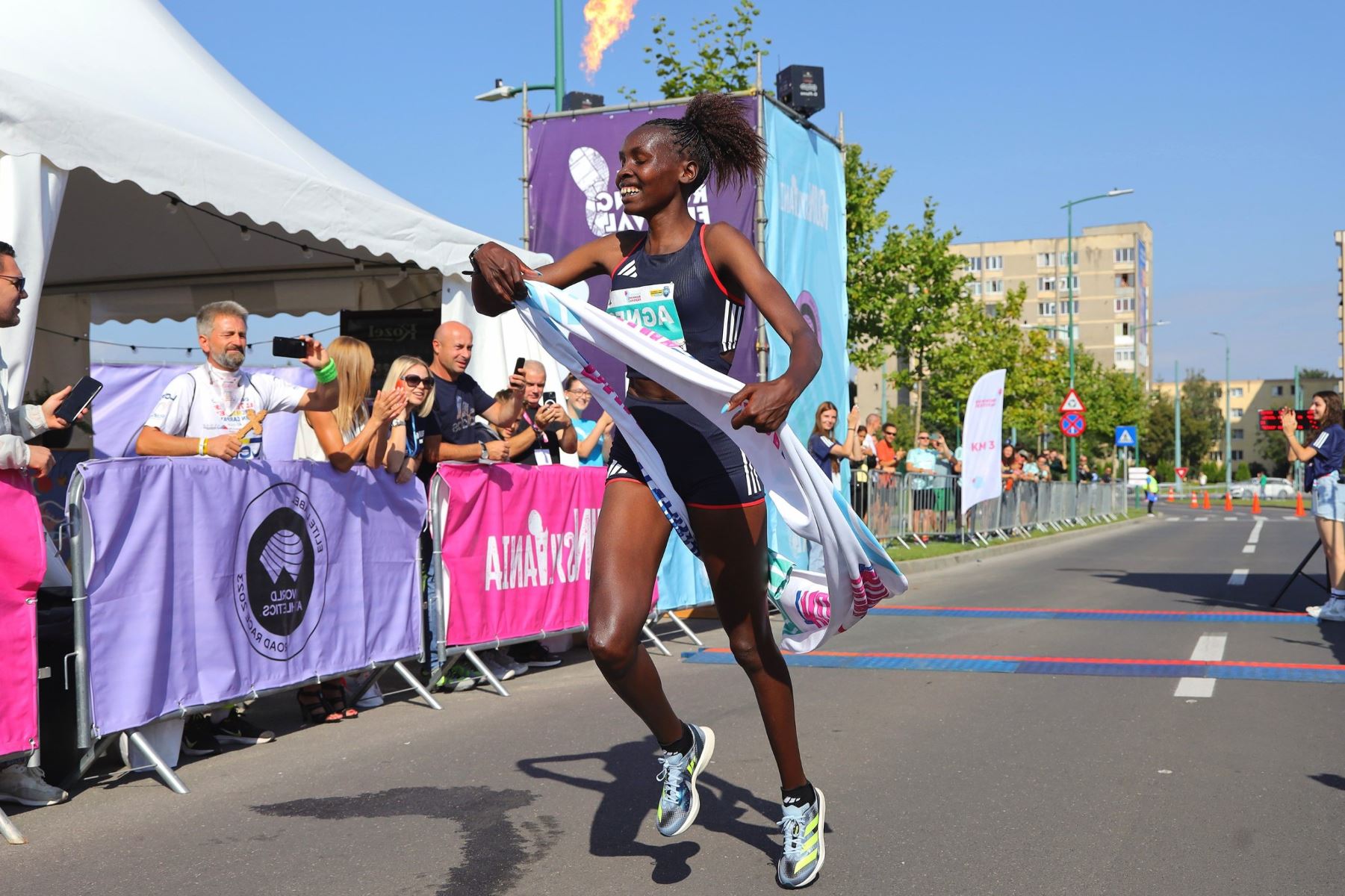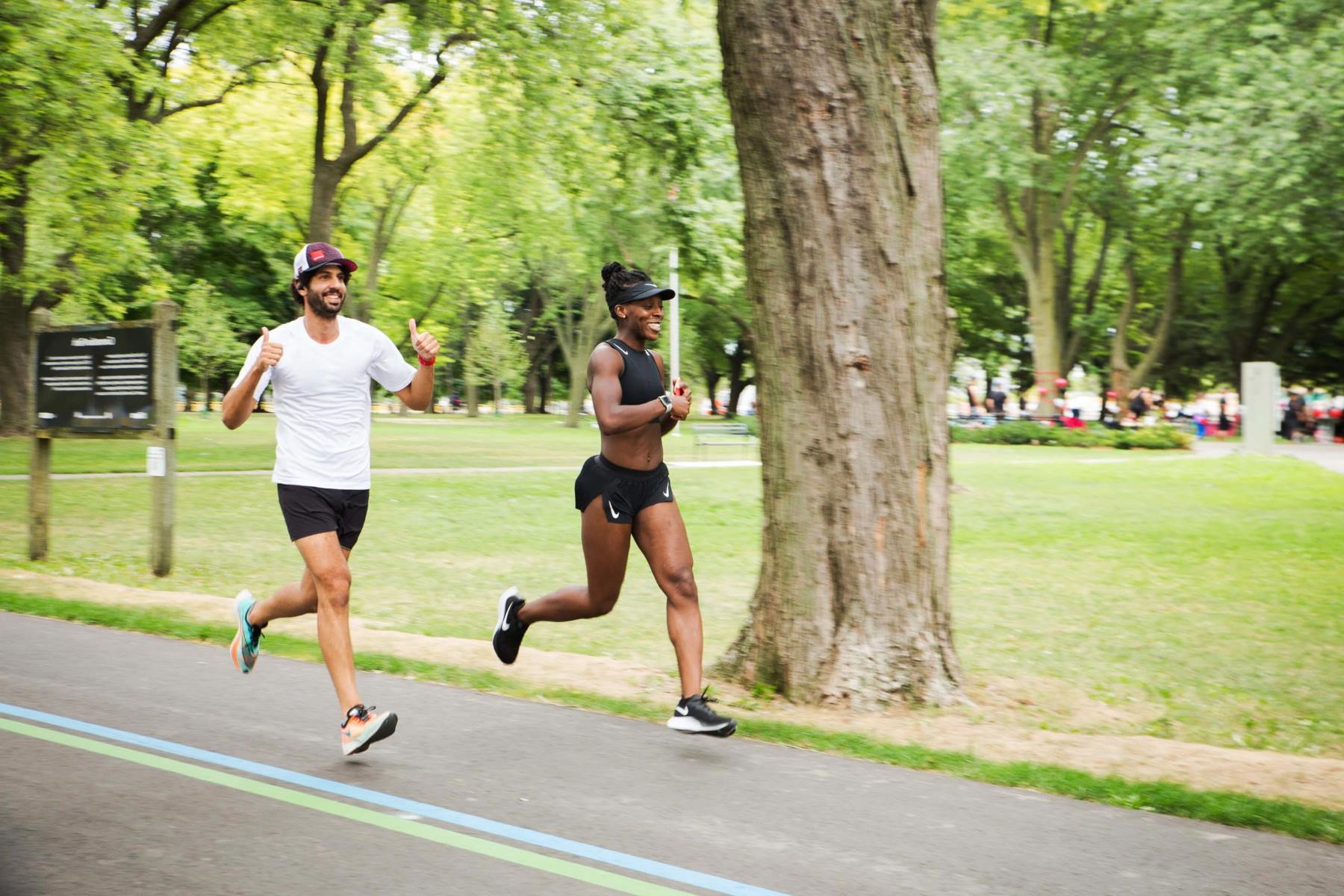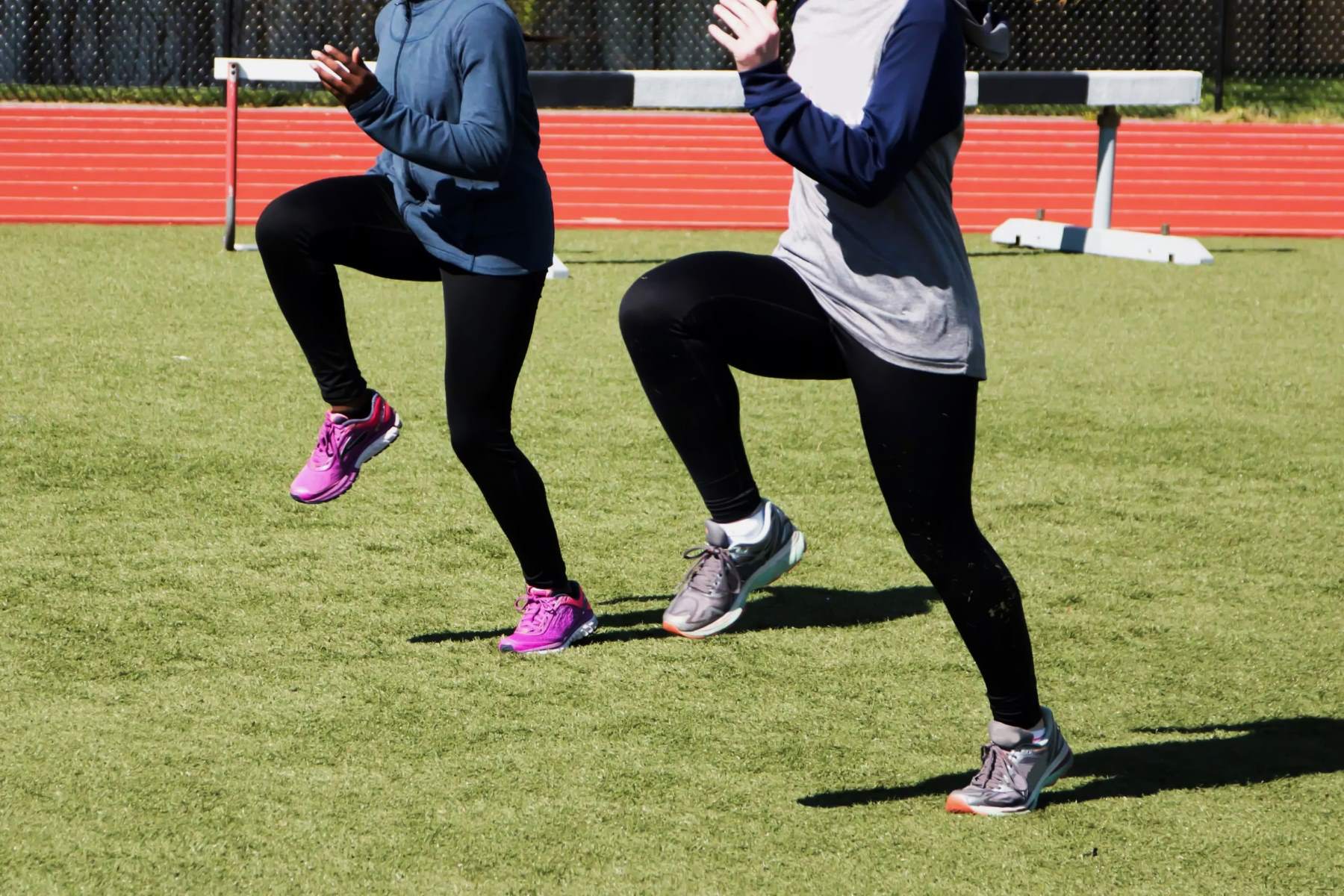Home>Training & Techniques>Top 5 Expert Tips To Enhance Your 10K Running Performance


Training & Techniques
Top 5 Expert Tips To Enhance Your 10K Running Performance
Published: March 4, 2024
Discover the top 5 expert tips for enhancing your 10K running performance with specialized training and techniques. Maximize your potential and achieve your goals.
(Many of the links in this article redirect to a specific reviewed product. Your purchase of these products through affiliate links helps to generate commission for Therunningadvisor.com, at no extra cost. Learn more)
Table of Contents
Importance of Proper Nutrition for 10K Running
Proper nutrition plays a pivotal role in optimizing performance and enhancing endurance for 10K running. Fueling your body with the right nutrients can significantly impact your energy levels, recovery, and overall running experience. Here are some expert tips to help you understand the importance of nutrition for 10K running:
-
Balanced Diet for Energy: Consuming a well-balanced diet rich in carbohydrates, proteins, and healthy fats is essential for 10K runners. Carbohydrates serve as the primary fuel source for endurance activities, providing the necessary energy to sustain performance throughout the race. Incorporating lean proteins and healthy fats supports muscle repair and overall recovery.
-
Hydration for Performance: Proper hydration is crucial for maintaining optimal performance during 10K runs. Dehydration can lead to fatigue, muscle cramps, and decreased endurance. It's important to hydrate adequately before, during, and after the race. Electrolyte-rich drinks can also help replenish essential minerals lost through sweat.
-
Pre-Race Nutrition: The meal consumed before a 10K race significantly impacts performance. Opt for easily digestible carbohydrates, such as oatmeal, bananas, or whole-grain toast, to provide a steady release of energy. Avoid high-fiber and fatty foods that may cause discomfort during the run.
-
During Race Fueling: For longer 10K races, consuming energy gels or sports drinks during the run can help maintain energy levels and delay fatigue. It's essential to practice with different fueling strategies during training to identify what works best for your body.
-
Post-Race Recovery: After completing a 10K run, refueling the body with a combination of carbohydrates and proteins is vital for muscle recovery. Including sources of lean protein, such as chicken, fish, or plant-based options, can aid in muscle repair and replenishment.
Incorporating these nutrition strategies into your 10K running routine can have a profound impact on your performance and overall well-being. By fueling your body with the right nutrients, you can optimize your energy levels, enhance endurance, and support efficient recovery, ultimately elevating your 10K running experience.
Effective Training Strategies for 10K Running
Training for a 10K race requires a strategic approach to build endurance, improve speed, and minimize the risk of injury. Implementing effective training strategies is essential for maximizing performance and achieving personal goals. Here are expert tips to elevate your 10K running training:
-
Structured Training Plan: Developing a structured training plan is fundamental to 10K preparation. Incorporate a mix of running workouts, including long runs, tempo runs, interval training, and recovery runs. Gradually increase mileage and intensity to build endurance and improve overall fitness.
-
Long Runs for Endurance: Long runs are a cornerstone of 10K training, helping runners adapt to sustained effort and build endurance. Gradually increase the distance of your long runs, aiming to cover the 10K race distance at least once before race day. This builds mental and physical confidence in your ability to complete the race.
-
Speed Workouts: Integrate speed workouts, such as interval training and tempo runs, to improve running economy and increase overall speed. Interval training involves alternating between high-intensity efforts and recovery periods, while tempo runs focus on sustained efforts at a challenging, yet manageable pace.
-
Strength Training: Incorporating strength training exercises, such as squats, lunges, and core workouts, can enhance muscular strength and stability, leading to improved running form and reduced risk of injury. Stronger muscles contribute to better running efficiency and overall performance.
-
Rest and Recovery: Adequate rest and recovery are integral parts of effective training. Allow time for rest days and easy recovery runs to prevent overtraining and promote muscle repair. Listen to your body and prioritize quality sleep to support the adaptation process.
-
Consistent Consistency: Consistency is key to progress in 10K training. Stay committed to your training plan, and aim for regular, consistent workouts to build endurance and maintain fitness levels. Consistent training allows the body to adapt gradually, reducing the risk of burnout or injury.
By implementing these training strategies, you can optimize your 10K running performance, improve endurance, and build the necessary speed and strength to conquer the race. Embrace a holistic approach to training, encompassing varied workouts, adequate rest, and a focus on gradual progression to maximize your potential on race day.
The Role of Rest and Recovery in 10K Running Performance
Rest and recovery are integral components of a successful 10K running journey, playing a crucial role in optimizing performance, preventing injuries, and supporting overall well-being. Understanding the significance of adequate rest and effective recovery strategies is essential for 10K runners aiming to enhance their performance and achieve their goals.
Importance of Rest
Rest is not merely the absence of physical activity; it encompasses a deliberate period of relaxation and rejuvenation for the body and mind. Engaging in regular rest intervals allows the body to repair and adapt to the physiological stress induced by training, ultimately leading to improved performance. Without sufficient rest, the risk of overtraining and burnout increases, potentially hindering progress and predisposing the body to injuries.
Physiological Adaptations
During rest periods, the body undergoes essential physiological adaptations that contribute to enhanced performance. Muscle tissue repair and regeneration occur, leading to increased strength and resilience. Additionally, rest facilitates the restoration of glycogen stores, essential for sustaining energy levels during prolonged runs. Furthermore, adequate rest supports the immune system, reducing the susceptibility to illnesses that can disrupt training consistency.
Recovery Strategies
Incorporating effective recovery strategies into a 10K training regimen is paramount for maximizing performance and minimizing the risk of overuse injuries. Active recovery, such as light jogging or low-impact cross-training activities, promotes blood circulation and aids in the removal of metabolic by-products from muscles, expediting the recovery process. Additionally, techniques like foam rolling, stretching, and massage therapy can alleviate muscle tension and enhance flexibility, contributing to improved running mechanics and injury prevention.
Mental Restoration
Rest and recovery extend beyond physical recuperation; they also play a pivotal role in mental restoration. The psychological demands of training and racing can be taxing, necessitating periods of mental relaxation and rejuvenation. Engaging in activities that promote stress reduction, such as meditation, mindfulness, or leisurely pursuits, can enhance mental resilience and foster a positive mindset, crucial for enduring the challenges of 10K running.
Balancing Training and Recovery
Achieving an optimal balance between training intensity and recovery is essential for sustained progress in 10K running. Integrating rest days into the training schedule, alternating hard workouts with easy recovery sessions, and prioritizing quality sleep are fundamental strategies for promoting effective recovery. Moreover, listening to the body's signals and adjusting training intensity based on fatigue levels is imperative for preventing overtraining and promoting long-term performance gains.
In essence, recognizing the pivotal role of rest and recovery in 10K running performance is fundamental for runners seeking to optimize their training outcomes and race-day success. By embracing rest as a strategic component of training and implementing effective recovery strategies, runners can enhance their physical capabilities, mitigate the risk of injuries, and cultivate a resilient mindset, ultimately elevating their 10K running experience.
Mental Preparation and Mindset for 10K Running
Mental preparation and mindset play a pivotal role in the success of a 10K runner. The ability to cultivate a resilient and focused mindset can significantly impact performance, endurance, and overall race experience. Here's an in-depth exploration of the mental aspects of 10K running:
Read more: Expert Tips For Running A Sub 20 5k
Visualizing Success
Visualizing success is a powerful mental strategy that can enhance performance and bolster confidence. By vividly imagining oneself crossing the finish line, maintaining a strong pace, and overcoming challenging segments of the race, runners can instill a sense of belief in their capabilities. Visualization techniques can help alleviate pre-race jitters and instill a positive outlook, fostering mental fortitude and determination.
Goal Setting and Positive Self-Talk
Setting clear and achievable goals is instrumental in shaping a runner's mindset. Establishing specific performance targets, such as achieving a personal best time or maintaining a consistent pace throughout the race, provides a sense of purpose and direction. Additionally, incorporating positive self-talk, affirming one's abilities, and focusing on strengths can bolster confidence and resilience, enabling runners to navigate through moments of fatigue and discomfort.
Embracing Challenges
Embracing the challenges inherent in a 10K race is a hallmark of a resilient mindset. Rather than viewing obstacles as insurmountable barriers, adopting a mindset that embraces adversity as an opportunity for growth can empower runners to push through discomfort and sustain their effort. Embracing challenges fosters mental toughness, enabling runners to persevere through demanding segments of the race and maintain a competitive spirit.
Managing Discomfort and Fatigue
Endurance running inevitably involves periods of discomfort and fatigue. Developing mental strategies to manage these sensations is crucial for sustaining performance. Embracing discomfort as a natural aspect of the running experience and reframing fatigue as a sign of exertion rather than weakness can help runners maintain a resilient mindset. Moreover, focusing on present-moment awareness and breaking the race into manageable segments can alleviate mental fatigue and enhance focus.
Cultivating Resilience
Cultivating resilience is fundamental for navigating the highs and lows of a 10K race. Resilience enables runners to adapt to unexpected challenges, setbacks, and fluctuations in performance. Embracing a mindset that acknowledges the transient nature of discomfort and fatigue, while maintaining a steadfast focus on the ultimate goal, empowers runners to persevere through adversity and sustain their performance with unwavering determination.
In essence, mental preparation and mindset are integral components of 10K running, shaping a runner's ability to overcome challenges, sustain performance, and achieve personal goals. By harnessing the power of visualization, goal setting, embracing challenges, managing discomfort, and cultivating resilience, runners can elevate their mental fortitude, ultimately enhancing their 10K running experience.
Utilizing Cross-Training to Improve 10K Running Performance
Cross-training serves as a valuable and versatile tool for enhancing 10K running performance, offering a myriad of benefits that extend beyond traditional running workouts. By incorporating diverse cross-training activities into a comprehensive training regimen, runners can optimize their overall fitness, mitigate the risk of overuse injuries, and elevate their race-day performance.
Diversifying Physical Conditioning
Cross-training encompasses a spectrum of activities, including cycling, swimming, strength training, yoga, and Pilates, among others. Engaging in these varied disciplines facilitates a holistic approach to physical conditioning, targeting different muscle groups, movement patterns, and energy systems. This diversification not only enhances overall muscular strength and endurance but also contributes to improved flexibility, balance, and core stability, essential for maintaining efficient running mechanics and reducing the likelihood of imbalances or injuries.
Injury Prevention and Recovery
One of the primary advantages of cross-training is its role in injury prevention and rehabilitation. Running places repetitive stress on specific muscles and joints, increasing the risk of overuse injuries. By integrating low-impact activities such as swimming or cycling, runners can alleviate the strain on weight-bearing structures while sustaining cardiovascular fitness. Additionally, cross-training allows for active recovery, promoting blood circulation and facilitating the repair of micro-tears in muscles, thereby expediting the recovery process and reducing the likelihood of chronic injuries.
Enhancing Cardiovascular Fitness
Cross-training activities, particularly those that engage the cardiovascular system, such as swimming and cycling, contribute to enhanced aerobic capacity and cardiovascular fitness. These activities provide a platform for sustained aerobic conditioning while minimizing the impact on weight-bearing joints, offering runners an avenue to bolster their endurance without subjecting their bodies to excessive stress. Improved cardiovascular fitness translates to enhanced oxygen utilization, increased endurance, and the ability to sustain higher intensities during 10K races.
Mental Refreshment and Motivation
Incorporating cross-training into a running regimen offers mental refreshment and variety, mitigating the monotony often associated with repetitive running workouts. Diversifying workouts with activities such as yoga or Pilates not only provides a mental break from the rigors of running but also fosters mental resilience and focus. Furthermore, cross-training introduces new challenges and goals, igniting motivation and enthusiasm, which can positively influence a runner's overall mindset and commitment to training.
Periodization and Recovery
Strategically integrating cross-training into a periodized training plan allows for structured recovery periods without sacrificing fitness gains. By alternating between running and cross-training activities, runners can modulate training intensity, reduce the risk of burnout, and promote overall recovery. This approach enables the body to adapt to varying stimuli while minimizing the potential for overtraining, ultimately optimizing performance on race day.
In essence, the incorporation of cross-training into a 10K running regimen offers a multifaceted approach to physical conditioning, injury prevention, cardiovascular fitness, mental rejuvenation, and strategic recovery. By embracing diverse cross-training activities, runners can elevate their overall fitness, resilience, and race-day performance, ultimately enhancing their 10K running experience.

